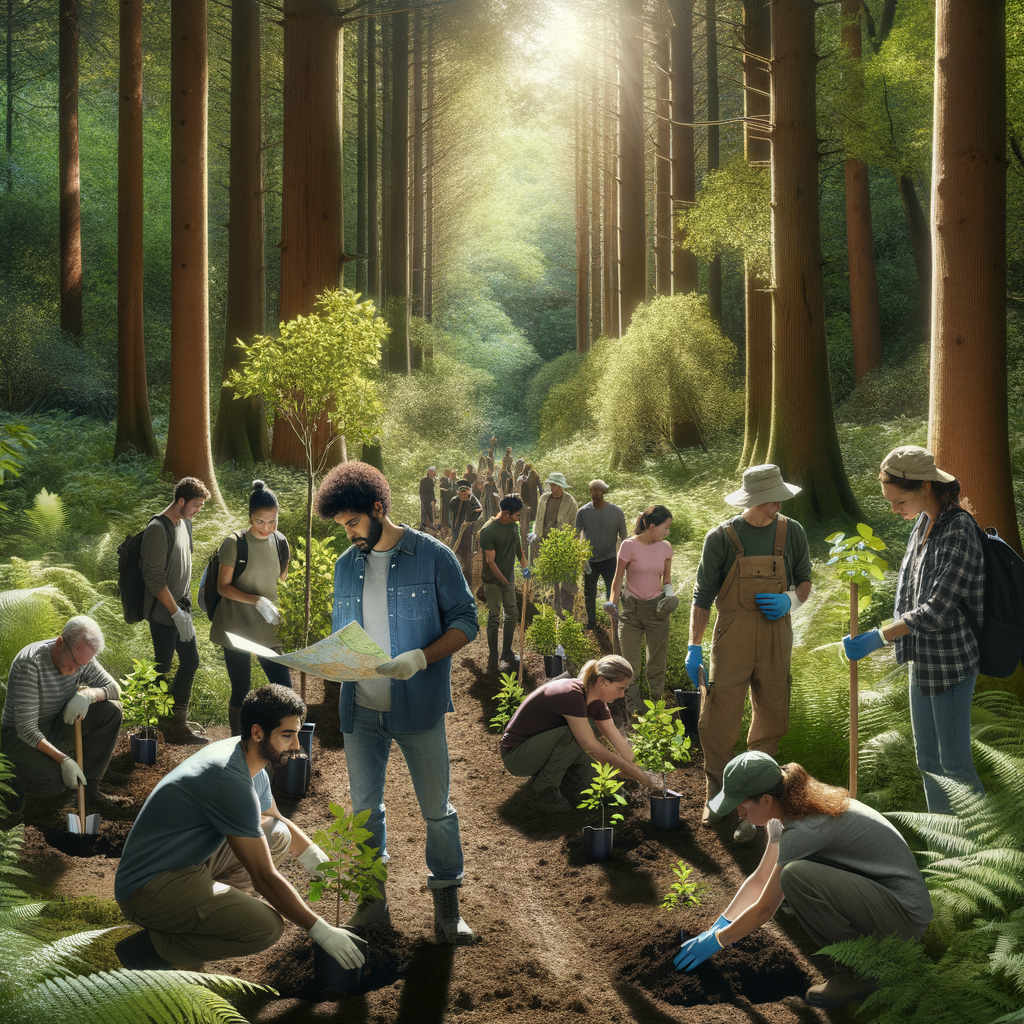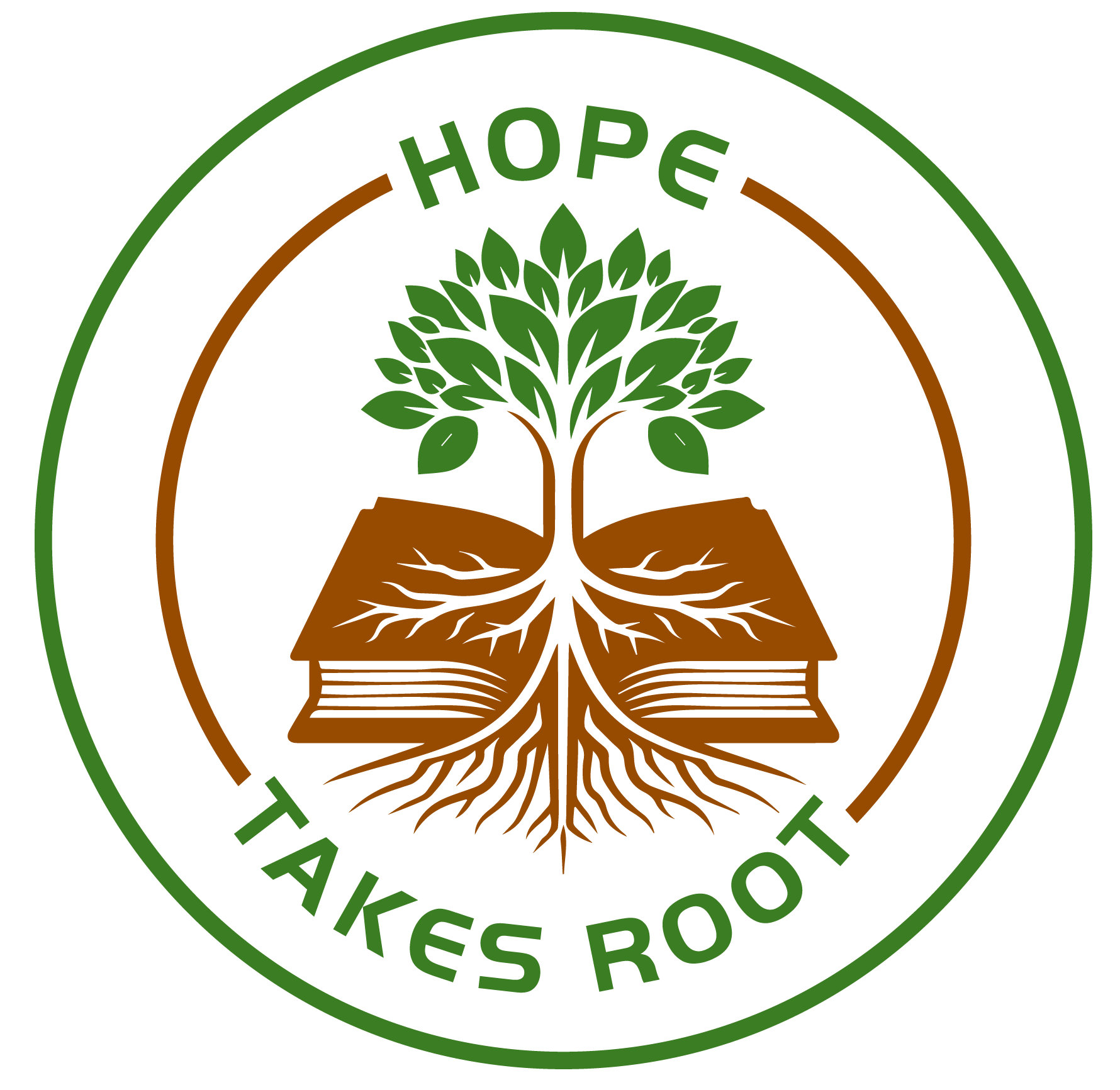Mycorrhizal Inoculation Benefits Insights for July
When it comes to reforestation, one key factor often overlooked is mycorrhizal inoculation. I first learned about this fascinating natural partnership between fungi and tree roots during some reforestation projects I was involved in. Understanding how mycorrhizal fungi work has changed the way I think about planting trees and forest health entirely. It is not just about putting seedlings in the ground anymore; it is about creating a thriving underground network that supports growth, resilience, and long-term success. Let me walk you through why mycorrhizal inoculation matters, how it benefits reforestation, and what you can do to make sure your efforts go deeper and further.
What Is Mycorrhizal Inoculation and Why Does It Matter
At its core, mycorrhizal inoculation means introducing beneficial fungi to the soil and roots of young trees or seedlings. These fungi form a symbiotic relationship with the roots. They exchange nutrients and water, helping trees access minerals in the soil that would otherwise remain out of reach. In return, the fungi receive sugars produced by the tree through photosynthesis. It is a win-win relationship that has existed for over 400 million years, yet it still surprises me how often it is ignored in restoration work.
Why pay attention to this? Healthy forests depend on healthy roots and soils. Without mycorrhizae, seedlings can struggle to establish, especially in poor or degraded soils. The difference between a seedling that struggles and one that thrives can often be traced back to the presence of these microbes. For anyone serious about making a lasting impact in reforestation, understanding and applying mycorrhizal inoculation is a game changer.
How Mycorrhizal Inoculation Boosts Reforestation Efforts
Enhanced Nutrient Uptake and Growth
One of the most striking benefits I have seen is how mycorrhizal fungi dramatically improve nutrient absorption. Trees cannot absorb many critical nutrients in their raw soil form. With the fungi extending the root system, the effective intake area expands tremendously. This means faster growth rates, sturdier plants, and better chances of survival during drought or nutrient-poor conditions.
Improved Water Absorption and Drought Resistance
Water is life—this I know firsthand especially in dry or degraded areas where reforestation is urgently needed. Mycorrhizal networks act like natural sponges and pipelines, helping plants access water deeper down or farther away from the root zone. Trees inoculated with these fungi are often more drought-resistant. This resilience is vital with climate patterns becoming more unpredictable.
Soil Health and Structure Restoration
Mycorrhizal inoculation also plays a key role in soil regeneration, which is crucial for long-term ecosystem health. The fungi help create soil aggregates, improving soil structure, porosity, and aeration. This leads to better water infiltration and retention. Plus, it stimulates the activity of other beneficial microbes, kickstarting soil regeneration processes that degraded lands desperately need.
Increased Biodiversity and Ecosystem Stability
There is also a broader ecological benefit. Mycorrhizal fungi influence plant community dynamics, helping support diverse plant species and stabilizing ecosystems. Diverse forests are more resilient, better carbon sinks, and healthier overall. I’ve observed projects where inoculation led to richer biodiversity over time—a promising sign for the future of forests.
Practical Applications and Tips for Implementing Mycorrhizal Inoculation
I have worked in several reforestation projects where introducing mycorrhizae was part of the strategy. Here are some key takeaways based on my experiences.
- Source quality inoculants that match your local tree species and soil conditions. One size does not fit all.
- Apply inoculants at the nursery stage if possible. Introducing fungi during seedling growth strengthens roots before transplanting.
- For direct field applications, inoculate soil around the planting hole or dip roots in a slurry containing mycorrhizae.
- Combine inoculation with other techniques such as assisted natural regeneration or seedling planting for best results.
- Monitor and adapt your practices. Soil biology can be complex, and local conditions may require adjustments.
Challenges and Considerations
Mycorrhizal inoculation is powerful but it is not a magic bullet. I have seen projects fail when other factors like site preparation, community engagement, or proper maintenance were neglected. Also, understanding the specific types of fungi needed for your context matters greatly. Overuse or inappropriate fungi can disrupt local ecosystems.
It is also important to maintain realistic expectations. While inoculated trees often perform better, full forest restoration takes years and steady commitment. Patience and persistence are your allies.
Final Thoughts: Rooting Restoration in Science and Care
Reforestation is more than planting trees. It is about restoring an entire community of life beneath the surface. Mycorrhizal inoculation can unlock nature’s own tools to heal soils, boost growth, and create resilient forests for generations to come. I encourage anyone involved in restoration to explore these benefits and incorporate them into their work and advocacy.
The roots we plant today deserve the best foundation possible. Mycorrhizal fungi provide that foundation—a living network connecting trees, soil, and life itself. Embracing this biological partnership is a leap forward in our shared effort to heal the planet.
Let us dig deeper, grow stronger, and nurture these vital connections to make every reforestation effort count.




